Precision CNC machining has significantly improved manufacturing by providing the high precision needed. It has been studied that precision machining reduces labor costs by 20% to 30% in comparison to ordinary machine methods.
The Asia Pacific region currently holds the largest market share (over 35.9% as of 2022). Similarly, the global CNC machine market is expected to grow at a Compound Annual Growth Rate (CAGR) of 7.3% from 2021 to 2028.
This machining technique has set the standard for speed, accuracy, design flexibility, and tight tolerances. As 50% of machining operators acknowledge, it helps create precise shapes with smooth finishes.
Many manufacturing industries worldwide depend on high-precision machining, which demands a partnership between professional designers and expert engineers. The designers are responsible for creating layouts and turning them into manufacturing instructions.
This article will cover precision machining understanding, considerations for selecting appropriate material, the CNC machining process, and its application.
Understanding Precision CNC Machining
CNC machining represents the pinnacle of a highly accurate manufacturing process because of its speed, precision, and ability to hold tight CNC tolerances. This process helps create exact shapes from metal, wood, glass, and other materials. Each dedicated manufacturer’s core is a competitive production environment based on precise engineering practices. Let’s understand this process and learn how to achieve prisons in CNC machining.
The CNC Machining Process
CNC machining is a modern manufacturing technique that uses computer code to control machinery movements. It is widely used to create metal components and when the components have to be identical. The CNC machining method involves the use of programmed commands. These commands control the movements of the cutting tools, ensuring the accurate and repeatable production of complex shapes.
Critical Components of a CNC Machine
CNC machining may be complex, with different components working together to create the tight tolerances needed for production. They consist of many crucial parts, some of which include:
- Spindle
- Axles
- Tool Changer
- Control Unit
Spindle
This component holds and rotates the cutting tool or workpiece, playing a vital role in the CNC machining process. Its speed and power determine the effectiveness of material removal.
Axles
CNC machining involves the various axles that enable the cutting tool to move in different directions. This multi-axis process allows for producing intricate designs and precision machined components.
Tool Changer
Tool changers automatically switch between multiple cutting tools to boost productivity and reduce manual interventions. This key component is necessary for producing precision parts with varying geometries.
Control Unit
The control unit interprets the CNC programming languages (G-code and M-code) and directs the machine’s movements. G-code programming controls the tool’s position and speed. M-code manages auxiliary functions like coolant control and tool changes.
CNC Programming Languages
- G-code
It is the primary programming language used in CNC machining, which dictates the tool’s path speed and movements.
2. M-code
M-code complements G-code by managing machine-specific functions such as turning on the spindle or changing tools. That is critical for efficient operation and the production of precise parts.
How to get precision in CNC machining?
As part of modern manufacturing, CNC machining depends on precise machining methods to create accurate and detailed parts. Let’s explore essential aspects of precision machining in CNC milling for precision.
Machine Tool Accuracy and Calibration
Precision in CNC machining techniques depends upon the accuracy and calibration of the tools. Regular maintenance and precise calibrations are essential to operating the machine correctly. That can reduce errors and ensure the production of high-quality parts.
Cutting Tool Selection and Maintenance
The correct selection and upkeep of cutting instruments for the material and application ensure efficient material removal and surface finish quality. Regular tool maintenance, like sharpening and replacing worn ones, prevents defects and helps improve precision.
Workholding Techniques for Secure Machining
The secure work-holding procedures avoid any unwanted shifting during cutting, which is likely to create errors. Several methods are used to secure the workpiece in place. These include vices, clamps, and other specific fixtures. Such methods assist with slitting and cutting to specific, exact shapes and preserving the form of the products.
Coolant Selection and Application
Appropriate coolant selection reduces heat and friction, which can affect precision. By applying the correct coolant selection, its applications maintain tool life and surface finish and prevent overheating. It ensures the dimensional accuracy of the aluminum CNC machining process and other precision operations.
Material Selection for Precision CNC Machining
Precision CNC machining processes handle an extensive range of materials, generally classified into various categories, including metal, plastics, and wood.
Why Aluminum is a Common Selection for Precision CNC Machining
Aluminum is an extensively used material in CNC machining processes. It is relatively light in weight, strong, easily machinable, corrosion-resistant, and very general-purpose. These characteristics make aluminum valuable for numerous automotive, aerospace, construction, and industrial applications.
Lightweight yet Strong
Aluminum offers a unique combination of being lightweight yet strong. These properties make it ideal for creating applications where weight and strength factors matter without compromising on structural integrity.
Excellent Machinability
Alunimun is favorable in CNC machining due to one of its machineable features. It enables the machine to cut the part quickly, create complex shapes, and finish precisely by reducing the machining time and wear on tools.
Good Corrosion Resistance
This material produces a natural oxide layer that provides excellent corrosion resistance. That is particularly beneficial in environments exposed to moisture and chemicals. This feature extends the life of parts by reducing their maintenance needs.
Versatility in Various Alloys
Aluminum comes in different types, each with specific properties for various uses. This allows engineers to choose the best type for their project, ensuring good performance and cost-effectiveness.
Understanding Aluminum Alloys for Accurate CNC Milling
When choosing the perfect material for precision CNC machining, it’s important to understand the popular aluminum alloys. Each alloy has unique properties that contribute to different functional and performance requirements.
Focus on 6061 T6 Aluminum: Properties, Applications
The 6061 T6 alloy has excellent mechanical properties and is widely used in precision CNC machining. It has high strength, excellent corrosion resistance, and good machinability. This alloy is used for structural components and precision machine components.
6061 T6 Aluminum vs 7075
7075 aluminum alloy is stronger than 6061 alloys, making it ideal for high-stress applications. It is less machinable and more expensive than 6061. However, 6061 offers a better balance of strength, machineability, and cost.
Brief Mention of 6063 Aluminum
6063 aluminum is a common alloy often used in architectural applications due to its excellent finishing properties. It is less intense than 6061 and not suitable for high-stress applications.
Additional Considerations for Material Selection
Material selections involve additional considerations such as part functionality, weight constraints, and cost to make your project up to par. These considerations ensure the material selected meets the technical and economic requirements.
Part Functionality and Strength Requirements
The part’s functionality and structural requirements depend on the appropriate materials, which vary with their unique properties. Different applications need varying levels of strength and durability, influencing the choice between alloys like 6061 and 7075.
Weight Constraints
Weight constraints are the primary factor in creating aerospace and automotive applications. Aluminum’s lightweight properties reduce the overall component’s weight without compromising strength or performance.
Cost Factors
Cost factors matter while selecting the appropriate material for particular objects. Materials with versatile alloys have similar features, but some are more expensive, like 7075. Balancing the material cost with specific benefits makes the project feasible and ensures budget adherence.
The Machining Process for Precision Metal Parts
Engineers prefer the CNC machining process for creating precision metal parts, which is highly suitable for various industries like aerospace, automotive, and electronics. This process includes advancing computer-controlled machinery to achieve tight tolerances and intricate geometries.
Types of CNC Machining Processes Used for Precision Parts
CNC machining provides several processes to create the precision machined components; each method meets the criteria of different applications and compliance levels.
3-Axis Milling: Basic Principle and Capabilities
The 3-axis is the most straightforward type of milling in CNC machining. It moves the workpiece along the three axes to create different features and shapes. This process produces components with a flat surface, slots, and drilled holes.
4- and 5-Axis Milling: Advantages for Complex Geometries
4- and 5-axis Milling capabilities are higher than the 3-axis because of rotational movements along the additional axes. These processes make the production of complex geometries and intricate designs easy, which would require more than three axes.
CNC Turning: Suitable for Rotational Parts
During the CNC turning procedure, the part rotates while the cutting tool moves along one or two axes to create cylindrical or conical shapes. This method helps produce rotational parts such as shafts, bushings, and other round components.
Factors Affecting Precision During Machining
Achieving precision in CNC machining metal parts goes through several factors that influence the final quality and accuracy of the parts.
Toolpath Optimization
A well-planned optimization of the tool path ensures that the cutting tool follows the most efficient route to speed up the cycle and improve accuracy. It minimizes unnecessary movements and produces a consistent cutting force, leading to greater precision.
Feed Rates and Cutting Speeds
The feed rate and the cutting speed impact the matching part quality. Feed rates are how the cutting tool advances into the material. The cutting speed represents the tool movement speed on the material’s surface. Their proper balancing technique helps efficiently remove material and prevent tool wear.
Minimizing Tool Deflection and Vibration
Minimizing tool deflections and vibrations is crucial to creating the final part with high accuracy and precision. Neglecting these aspects during CNC machining may cause excessive force, uneven surfaces, and dimensional errors. Therefore, using rigid toll holders, optimizing cutting conditions, and selecting the right tool can reduce the chances of unexpected errors.
Applications of Precision Machined Components
Precision-machined components are critical in numerical platforms that require accuracy, dependability, and high-quality applications. Aluminum CNC machining is typically the most popular for making complex, custom parts that meet stringent specifications and performance requirements.
Industries that Rely on Precision CNC Machining
- Aerospace and Defense
- Automotive and Transportation
- Medical Devices and Electronics
- Prototyping and Product Development
Aerospace and Defense
Aerospace and defense industries utilize precision machining to create aircraft components, engine parts, and complex assemblies and ensure their safety and performance under extreme conditions.
Automotive and Transportation
Manufacturers adopt precision CNC matching methods to create highly durable and functional components for the automotive and transportation sectors. Their applications include engine parts, transmission products, and other critical elements.
Medical Devices and Electronics
The medical and electronics industries use precise machining to make medical implants, surgical instruments, electronic housings, and heat sinks.
Prototyping and Product Development
Prototyping and product development utilize CNC machining to create customized prototypes and small-quantity production parts, which permits quick prototyping and reassessment of new products.
Examples of Precision Machined Components
- Aircraft Parts, Engine Components
- Medical Implants, Surgical Instruments
- Electronic Housings and Heat Sinks
- Custom Prototypes and Low-Volume Production Parts
Aircraft Parts, Engine Components
In difficult operating conditions, high-precision engine and aircraft components ensure increased safety and better applicability of the products in the aerospace industry.
Medical Implants, Surgical Instruments
Tools such as medical implants and instruments made through a process known as precision CNC machining provide the best safety measures and performance.
Electronic Housings and Heat Sinks
The CNC machining process provides the electronic housing and heat sinks with the required precise machining, which protects the sensitive components and effectively manages heat dissipation.
Custom Prototypes and Low-Volume Production Parts
Precise CNC machining additionally produces custom prototypes and low-volume production parts because these are detailed and accurate models for evaluation.
Conclusion:
High accuracy is a crucial industry requirement to manufacture accurate and reliable components. This is where high-precision CNC machining plays an important role. This technology has several advantages, including ease of machining and high accuracy. Its applications include aircraft components and engines, medical uses such as implants, and electronic uses such as housing parts. The upcoming advances in precision CNC machining may include improved automation and the integration of AI in optimization and advanced materials. Undoubtedly, advances in CNC machining will further create even more sophisticated and accurate manufacturing strategies.


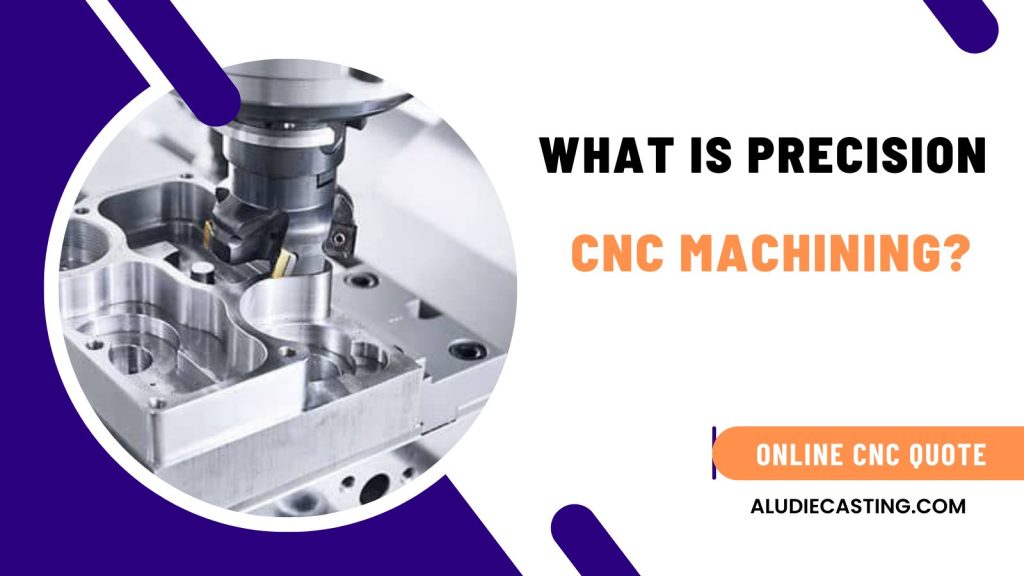
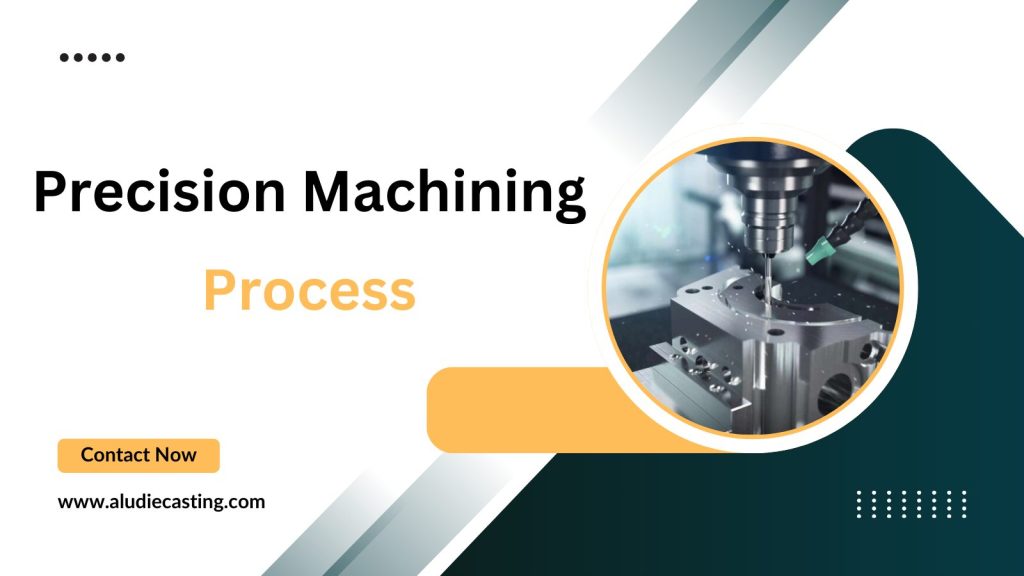
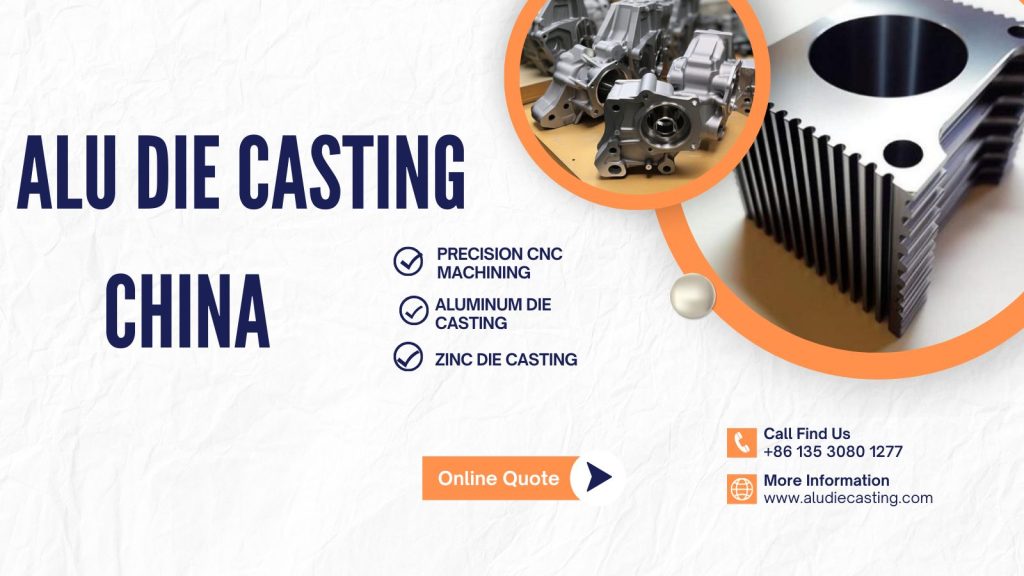
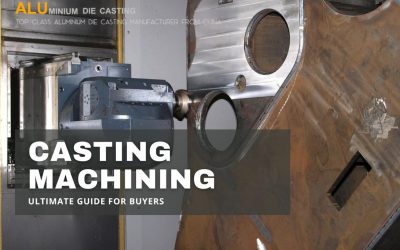
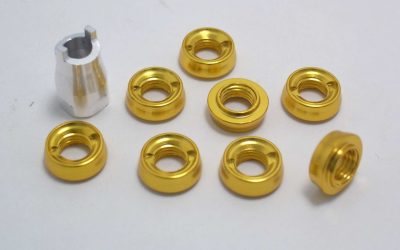
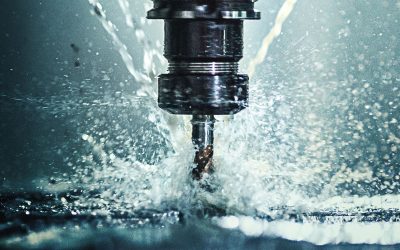
0 Comments